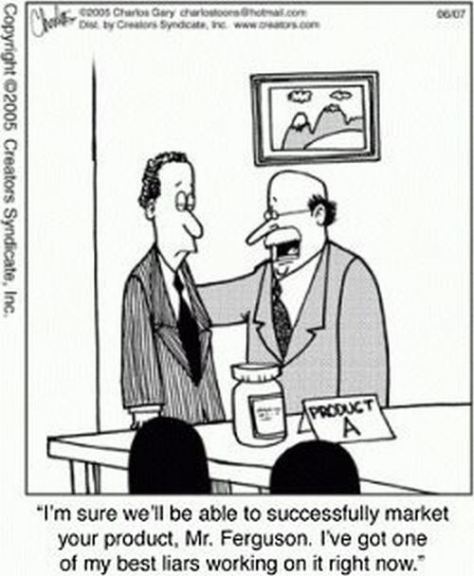Last time I Googled “how to get more Twitter followers,” 579,000,000 results came up. This is clearly a topic on many people’s minds.
First, a question: Would you rather have thousands of followers who never interact with you or your content, or 100 raving fans who retweet regularly and click all your links? Do you value quantity over quality?
All things being equal, bigger is better. But the point is that the size of your audience isn’t the only factor you should be concerned about developing.
Real Life Matters
Your personality outside of Twitter has a huge impact on the size and type of following you attract. Just ask Tim Tebow or Ashton Kutcher. Celebrities get massive numbers of followers instantly because of who they are, even when they break all the “rules” of Twitter etiquette.
I believe the foundation of creating the audience you deserve is actually being someone worth following. Do you have something valuable to share? Do you offer unique perspective to the people reading your tweets? Are you actively brightening their day in some way? If not, you probably won’t attract or keep the kinds of followers you want.
Now you have to let the world know what you can do.
Get the Bio Right
They say you only get one chance to make a first impression. In many cases, your profile picture and 160-character bio will determine what potential followers will think of you. It can make the difference between gaining attention and getting ignored.
You’ve experienced it yourself; when you see a profile that doesn’t have a photo, you second-guess whether it’s even a real person. With all the fake accounts, spammers and bots, you never know.
Beyond that, you have a few lines to tell everyone who you are, what you’re about and what they can expect when they click the Follow button.
If you have a website, blog, portfolio, etc., you should always include a link. That let’s you demonstrate how awesome you are without the character limitation. You can link to a free valuable resource to get followers to start consuming your content right away.
There’s an App for that
Your profile and your tweets should always be appropriate, appealing and applicable.
Appropriate: Know who your audience is and who you’d like to be in it. Share content appropriate for that audience. It wouldn’t do much good for Nike to share a video about pulled pork sandwiches.
Appealing: On the other hand, Nike’s followers want to know about sports, sports gear and health/wellness issues. What does your audience care about? What are they worried or excited about right now. Tweeting on those subjects, adding your expertise and sharing resources are powerful ways to you grow and nurture loyal, attentive followers.
Applicable: As much as possible, members of your Twitter community should be able to do something with the content you share. They can open hilarious videos that make them LOL. They can click links to help them fix them save on car insurance. Or they can see the world through your eyes for just a minute.
For the most part, no one wants to know all the intimate details of your daily routine. Tweet stuff that matters to your followers.
Are You Talking About Yourself…Again?
Some how-to articles tell you how often to send out different kinds of tweets. What percentage should be links? What tweet/retweet ratio should you use?
I don’t know if any of these figures can be proven to work better in every instance.
You’ll probably agree that high-quality content is always welcome. Good jokes go over well, no matter what percentage of your tweets they comprise.
If you create content for the purpose of educating, entertaining or otherwise improving your follower’s day or life, why hold back? You could probably get away with 100% of your tweets being links to your website.
That being said, interacting with your followers and your colleagues is usually a really smart thing to do. Everyone likes @mentions. Replies and retweets can only strengthen the bonds you have.
Developing a great Twitter following is less about learning techniques than most social media gurus would like you to think.
For example, a widely-taught tactic for growing a big audience is to follow people who you’d like to follow you, then unfollow the ones that don’t. Sure, you will get about half of those individuals to follow back, but think about it: you don’t follow them because you care about their tweets. You just want them to read and respond to yours.
If everyone on Twitter followed all the people they wanted to sell to but had no interest in listening to, what would that look like? It would be horrible. Everyone talking, no one listening. That’s not what social media is supposed to be about.
Naturally, knowing how to operate in any environment (online or off) is important. But if you don’t start with value creation, you’re neglecting human nature. People exchange their time for things that are more valuable to them than other things they could be spending their time doing.
Become a reliable source for those kinds of things and you’re on the right path to growing your ideal audience.


